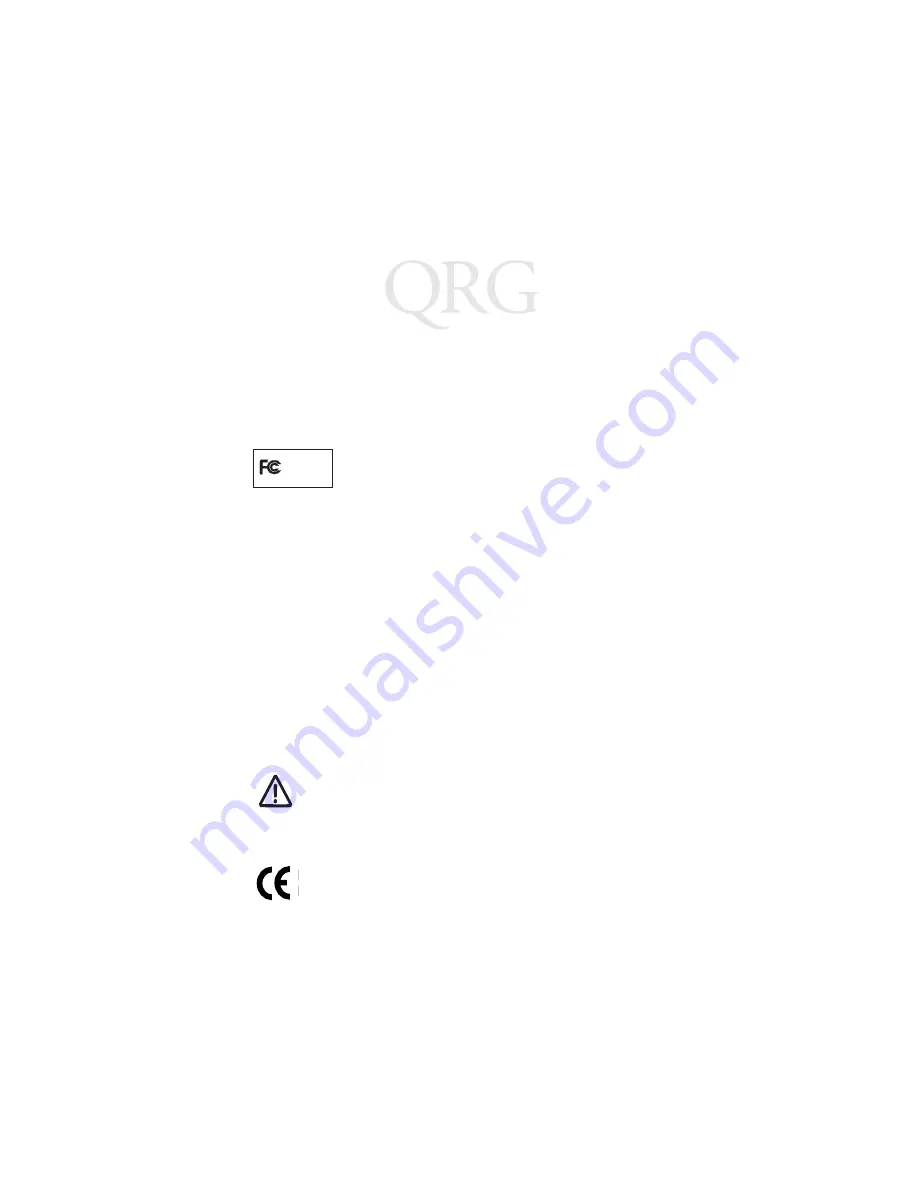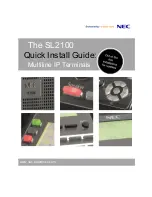
18
V
R
C
6
9
4
0
T e
r
m
i
n
a
l
Regulatory Information
All Symbol devices are designed to be compliant with rules and regulations in
locations they are sold and will be labeled as required.
Any changes or modifications to Symbol Technologies equipment, not expressly
approved by Symbol Technologies, could void the user’s authority to operate the
equipment.
Radio Frequency Interference Requirements
Note: This equipment has been tested and found to comply with
the limits for a Class B digital device, pursuant to Part 15 of the
FCC rules. These limits are designed to provide reasonable
protection against harmful interference in a residential
installation. This equipment generates, uses and can radiate radio frequency energy
and, if not installed and used in accordance with the instructions, may cause harmful
interference to radio communications. However there is no guarantee that
interference will not occur in a particular installation. If this equipment does cause
harmful interference to radio or television reception, which can be determined by
turning the equipment off and on, the user is encouraged to try to correct the
interference by one or more of the following measures:
• Reorient or relocate the receiving antenna
• Increase the separation between the equipment and receiver
• Connect the equipment into an outlet on a circuit different from that to which the
receiver is connected
• Consult the dealer or an experienced radio/TV technician for help.
Radio Frequency Interference Requirements - Canada
This device complies with RSS 210 of Industry & Science Canada. Operation is
subject to the following two conditions: (1) this device may not cause harmful
interference and (2) this device must accept any interference received, including
interference that may cause undesired operation.
This Class B digital apparatus complies with Canadian ICES-003.
Cet appareil numérique de la classe B est conforme à la norme NMB-003 du Canada.
Label Marking: The Term "IC:" before the radio certification only signifies that Industry
Canada technical specifications were met.
FCC RF Exposure Guidelines
Remote and Standalone Antenna Configurations
To comply with FCC RF exposure requirements, antennas that are
mounted externally at remote locations or operating near users at stand-alone
desktop of similar configurations must operate with a minimum separation distance
of 20 cm from all persons.
Marking and European Union Compliance
RLAN's (2.4GHz) for use through the EEA have the following restrictions:
•Maximum radiated transmit power of 100 mW EIRP in the frequency
range 2.400 -2.4835 GHz
Tested to comply
with FCC Standards
FOR HOME OR OFFICE USE
Summary of Contents for VRC 6940
Page 1: ...V R C 6 9 4 0 T e r m i n a l...
Page 14: ...12 V R C 6 9 4 0 T e r m i n a l...





































